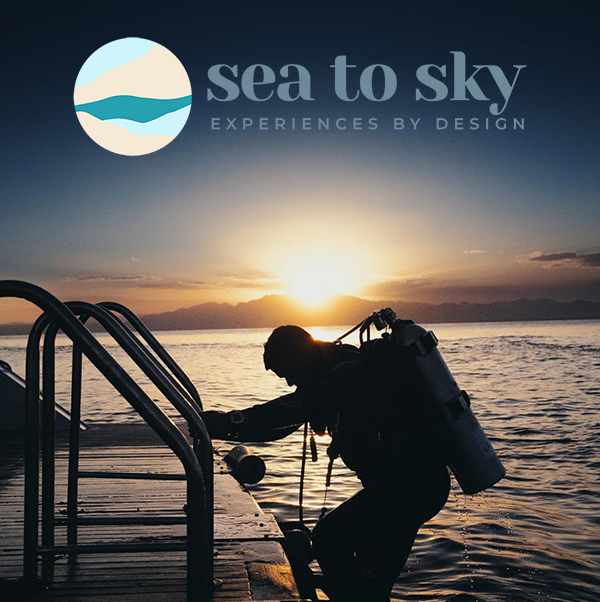The magnificent SS Klondike National Historic Site, which is situated on the banks of the Yukon River, is the ideal location to spend some time. Join in the theatre for film showings several times a day, take a guided tour of the grounds with an interpretive guide, or explore the interpretive panels at your own pace. Friendly and knowledgeable Parks Canada staff are available to assist you in planning your trip at the Visitor Welcome Centre.
A significant waterway in northwest North America is the Yukon River. It originates in Canada’s British Columbia and flows through the Yukon territory, which bears the river’s name. The river’s lower portion continues to flow west through the state of Alaska in the United States. The Yukon-Kuskokwim Delta is where the 3,190 km (1,980 mi) long river empties into the Bering Sea. It is the longest river in Alaska and Yukon, and during the 1896–1903 Klondike Gold Rush, it served as one of the main transportation arteries.
From Lake Laberge to the Teslin River, “The Thirty Mile” section of the Yukon River is designated as a national heritage river and a section of the Klondike Gold Rush International Historical Park. Prior to the completion of the Klondike Highway in the 1950s, paddle-wheel riverboats were still in use on the river. The Russian-American Company’s assets were acquired by the Alaska Commercial Company after the United States bought Alaska in 1867, and several posts were built along the Yukon River by the Alaska Commercial Company.
The S.S. Klondike National Historic Site is receiving funding from the Canadian government as part of the largest federal infrastructure program in Parks Canada’s history. Parks Canada is safeguarding and conserving national treasures while fostering local economies and advancing the travel and tourism industry through these infrastructure investments.
The highest priority is safety. Visitors who are close to project areas are urged to use caution and obey posted signs.
SS Klondike
On the S.S. Klondike, a number of upcoming infrastructure projects are in the works to maintain and safeguard the location and guarantee the high quality and dependability of visitor facilities that will continue to let Canadians connect with priceless heritage sites.
The continued removal of lead paint and structural stabilization are among the immediate goals. Repairing any flaws and making sure the ship can withstand the harsh environment in which it is being dry docked are top priorities. All infrastructure work is ultimately intended to make the vessel completely accessible, available for public use, and suitable for events for future generations.
A venue for outdoor special events like fundraisers and wedding ceremonies is available on the grounds of the S.S. Klondike National Historic Site on the Whitehorse waterfront.





